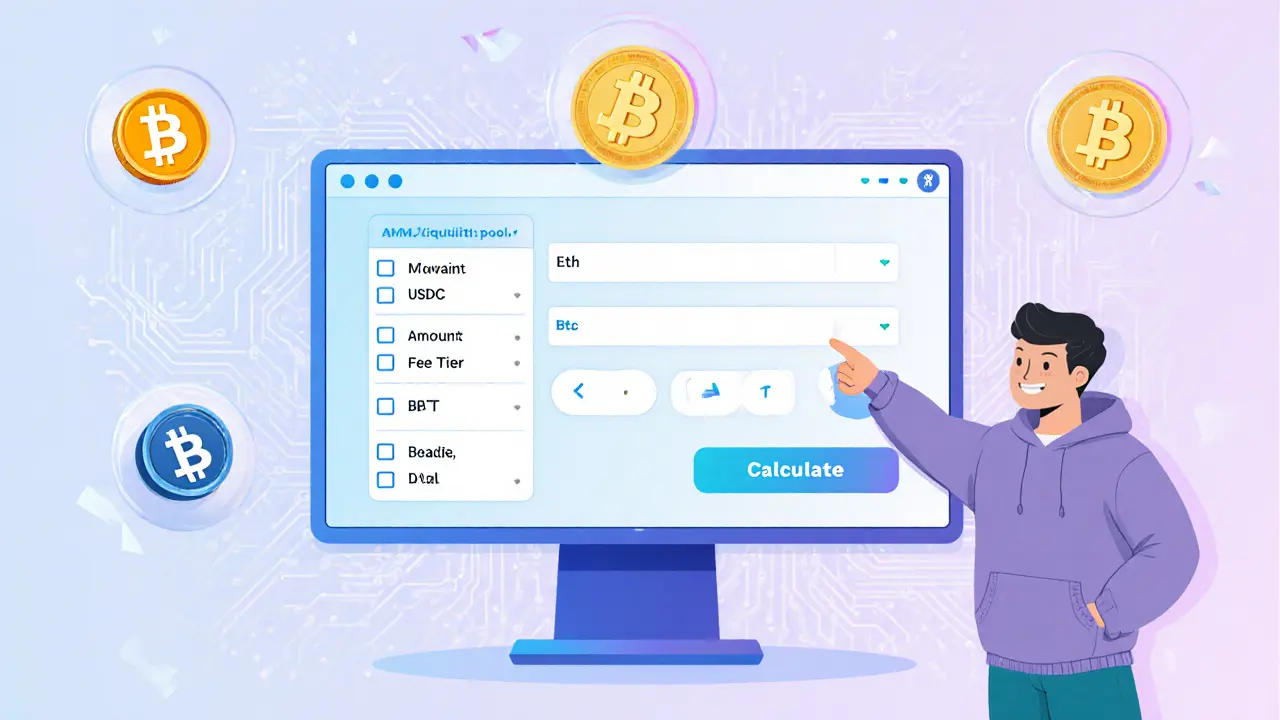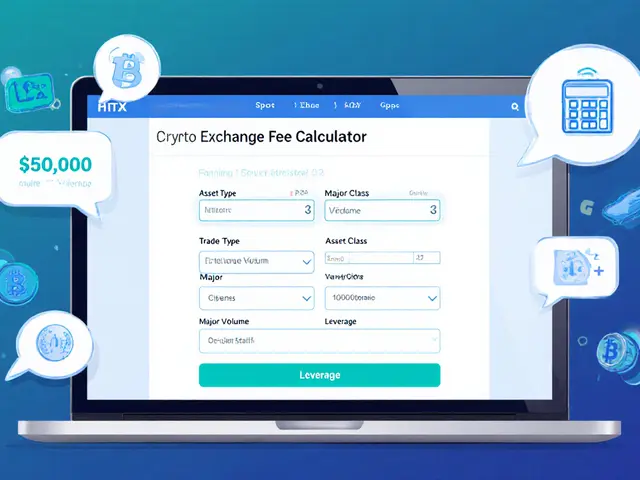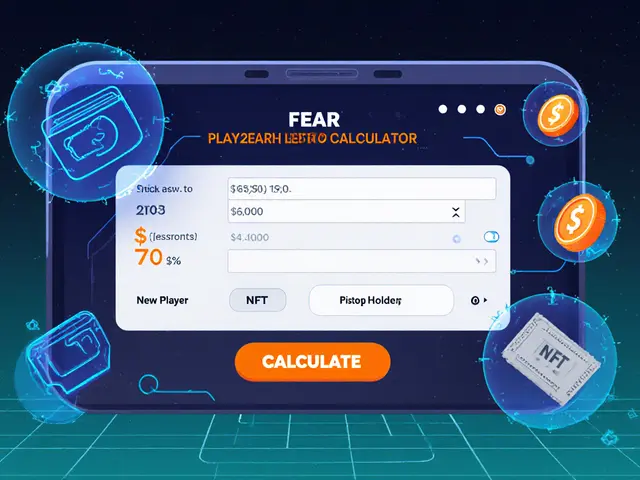Impermanent Loss – What You Need to Know
When working with impermanent loss, the temporary reduction in value of assets you lock in a liquidity pool compared to simply holding them. Also known as IL, it shows up whenever the price ratio of the pooled tokens shifts. Impermanent loss encompasses the loss that occurs because the pool’s automated market maker (AMM) rebalances assets to keep a constant product formula. Liquidity pool a shared reserve of two or more tokens that powers decentralized trading requires an automated market maker a smart‑contract algorithm that sets prices based on supply ratios. When the token price volatility how quickly a token’s market price swings up or down spikes, the AMM constantly readjusts, pulling more of the cheaper asset and leaving you with a less‑optimal mix. That readjustment is what creates the loss. If the price later returns to its original level, the loss shrinks or disappears—hence the term “impermanent.” However, if you withdraw before prices realign, the loss becomes permanent. Understanding these mechanics is the first step to protecting your capital.
How It Affects Real‑World DeFi Strategies
Most traders enter a yield farming the practice of providing liquidity to earn extra tokens as rewards because the extra tokens look tempting. The catch is that those extra rewards often don’t fully offset the impermanent loss caused by price swings. For example, a popular AMM on Solana might offer a 20% yearly reward on a stable‑coin pair, but if one of the tokens moves 30% in price, the loss can wipe out the reward. That’s why many seasoned farmers keep a close eye on token volatility and choose pairs with correlated price movements, like two stablecoins or assets that track the same market. Some also use “impermanent loss calculators” built into dashboards to estimate potential loss before adding liquidity. The key idea is that the higher the price divergence, the larger the impermanent loss—so selecting low‑correlation pairs, limiting exposure time, or adding a third “insurance” token can mitigate the effect. Another emerging tactic is to switch between pools that use different AMM formulas, such as constant product versus concentrated liquidity models; each formula reacts differently to price changes, giving you a degree of control.
Beyond farming, anyone who swaps tokens on a decentralized exchange (DEX) indirectly feels the impact because every trade nudges the pool’s price and can affect other liquidity providers. The more you understand how AMM pricing works, the better you can predict when a pool will become unfavorable. Some tools now alert you when a pool’s price deviation crosses a set threshold, letting you exit before the loss cements. In short, impermanent loss sits at the intersection of liquidity pools, AMM algorithms, token price volatility, and yield farming rewards. By recognizing those links, you can choose smarter pairs, time your deposits, or even avoid certain pools altogether. Below you’ll find a curated set of articles that dive deeper into each of these areas, from how AMMs price assets to practical tips for reducing loss in volatile markets.
Learn how to earn fees by providing liquidity to AMM pools, avoid impermanent loss, and use advanced strategies for better DeFi returns.



 Finance
Finance




